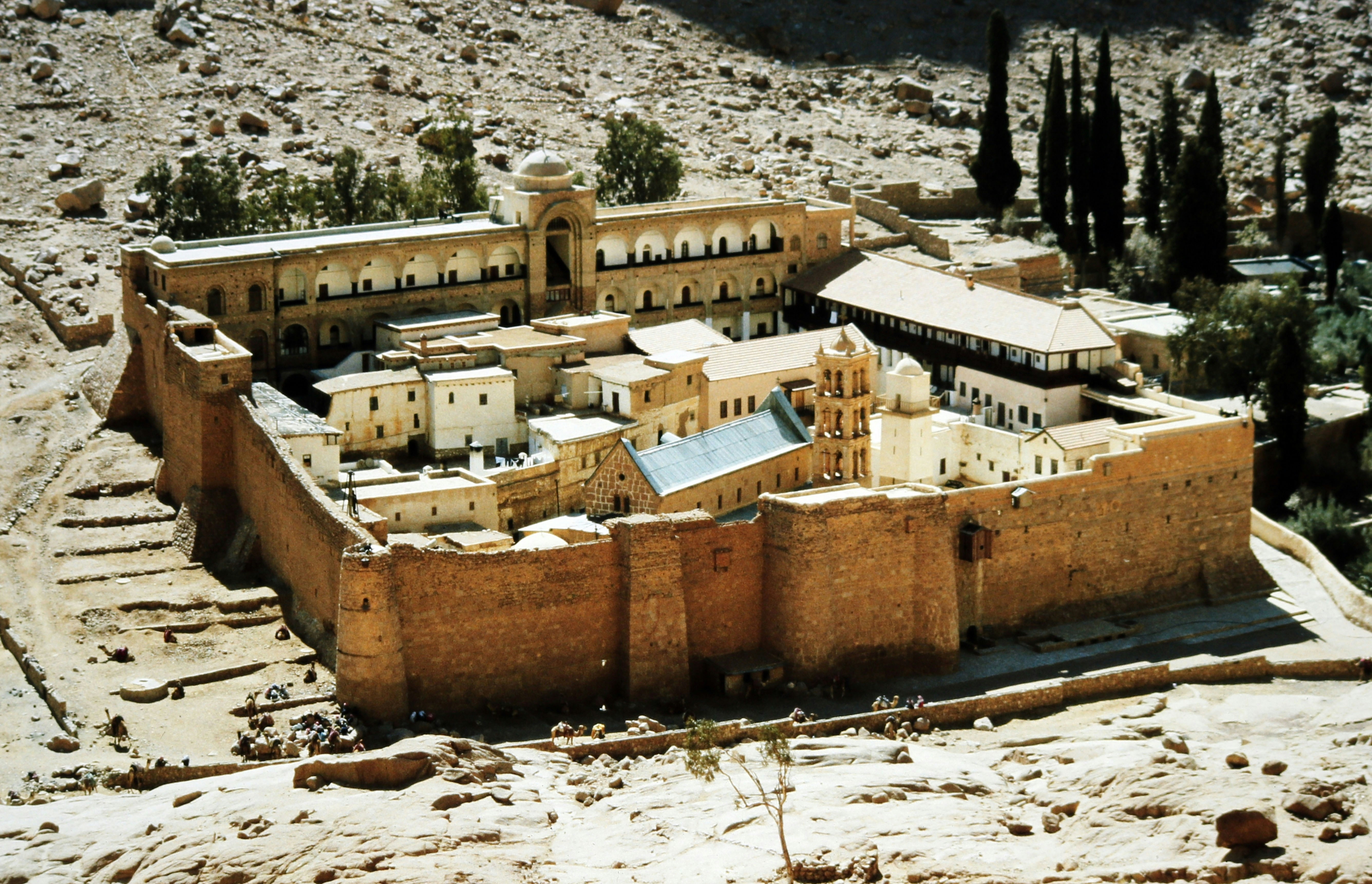By: Nilay Saiya
Twenty years ago, Douglas Johnston and Cynthia Sampson identified religion as the “missing dimension of Statecraft.” While the US State Department has recently taken some positive steps toward integrating religion into its training of aspiring diplomats, religious literacy—the ability to analyze the religious dimensions of socio-political life—remains largely absent from the professional development of American military officers. In many official Army publications, like the Stability Operations Field Manual 3-07 (2014), religious issues tend to be treated superficially; in other cases, religion receives no treatment whatsoever. Yet the military ignores religious factors at its own peril as it continues to operate in regions where faith plays a fundamental and growing role in society and politics.
For military personnel, knowledge of religious issues is vital in a world where many violent conflicts involve explicitly religious concerns. Religious terrorist groups like ISIS and Boko Haram, for example, make unambiguously religious claims. In the absence of religiously-informed analyses of contemporary conflicts (many of which contain a significantly religious character) achieving a durable peace will prove difficult. Indeed, increased religious literacy among military leaders would have undoubtedly proven of immense strategic value in many of the conflicts in which the United States has been involved over the past several decades. This is especially true in the religiously-charged contexts of Iraq and Afghanistan where a shallow understanding of Islam complicated attempts at conflict transformation.
Just as religion can be contributor to division, exclusivism, and violence, so too can it be a crucial enabler of peace. Religious communities have historically made incredibly positive contributions to society, which have led to more peaceful and stable settings. In many parts of the world, religious communities have been instrumental in increasing literacy, reducing poverty, promoting development, providing access to potable water, and administering healthcare. They have also played constructive roles in conflict prevention, peacebuilding, and reconciliation.
In this sense, religious leaders who possess an intimate knowledge of local issues and retain a high moral standing in society can serve as important partners to the military in its own peace and stability operations in religious settings. Curiously, though, even as the military moves towards a “Whole-of-Society” approach to peacebuilding, positive engagement with religious groups and individuals rooted within local communities remains strikingly absent from strategy.
Yet as those tasked with an array of peacebuilding activities, military leaders must possess a nuanced and multifaceted understanding of the role religion plays in both instigating conflict and promoting peace. In an increasingly religious world, therefore, religious literacy remains a matter of strategic importance and ought to be taken seriously by the military at all levels and incorporated into professional military education.
Nilay Saiya is an assistant professor of Political Science and director of international studies at the State University of New York, Brockport.
This piece was originally authored on September 21, 2015 for the Religious Freedom Project at Georgetown’s Berkley Center for Religion, Peace, and World Affairs.
THE RFI BLOG

Is Egypt’s Government Trying To Take Over Christianity’s Most Important Monastery?

Does Southeast Asia Lead the World in Human Flourishing?

RFI Leads Training Session on Religious Freedom Law and Policy for U.S. Army War College

Oral Argument in Charter School Case Highlights Unconstitutional Motives Behind OK Attorney General’s Establishment Clause Claim

Largest Longitudinal Study of Human Flourishing Ever Shows Religion’s Importance
CORNERSTONE FORUM

Reaffirming Religious Freedom: Bridging U.S. Advocacy and Iraq’s Constitutional Framework

Political Polarization, Same-Sex Marriage and Religious Liberty

Bridging the Gap Between International Efforts and Local Realities: Advancing Religious Freedom in the MENA Region

Challenges to Religious Freedom in Iraq and the Critical Need for Action


